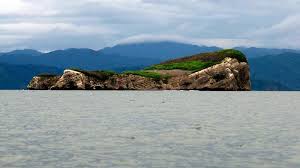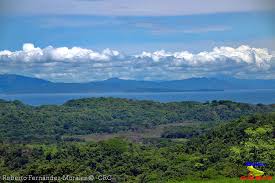
The National Assembly approved this past week in a second debate the project that creates the “Isla San Lucas National Park”, the 30th national park in Costa Rica. According to the approved initiative, in addition to being a protected wild area, it will be a historical-architectural heritage, seeking to be used for sustainable tourism.
Isla San Lucas National Park will be made up of a land portion and a coastal marine area, according to what has been approved. The purpose of the Park is to develop tourism as one of its strengths, as well as contributing to the socio-economic development of the Gulf of Nicoya.

Due to this, the development of infrastructure necessary for the reception of sustainable tourism is authorized, such as water, electricity, telecommunications, hygiene, sanitation, docks, berths, food services, among others.
Different sustainable model
On this occasion, the Park’s board of directors will be made up of government officials, representatives of the Municipality from the central canton of Puntarenas, and businessmen through the Puntarenas Chamber of Tourism.
“What is wanted in San Lucas is sustainable tourism, let it be clear, and that is why we have resorted to a National Park with an exceptional regime that has special conditions and the adequate and clear rules of use,” said Carlos Ricardo Benavides, a liberationist deputy who promoted the initiative.
The financing, as detailed in the project, will be through resources that correspond to it by the Law of the National System of Conservation Areas (Sinac), transfers from the budget of the Republic or donations from any individual or corporation.
Likewise, the board of directors of the National Park is authorized to create a trust with a public bank as an instrument of administration, management, development and maintenance of the Isla San Lucas National Park, for the fulfillment of its purposes.
The Island was used as a prison between 1873 and 1991, established by then President Tomás Guardia Gutiérrez. It is the second National Park in Puntarenas, the first being “Isla del Coco”.

